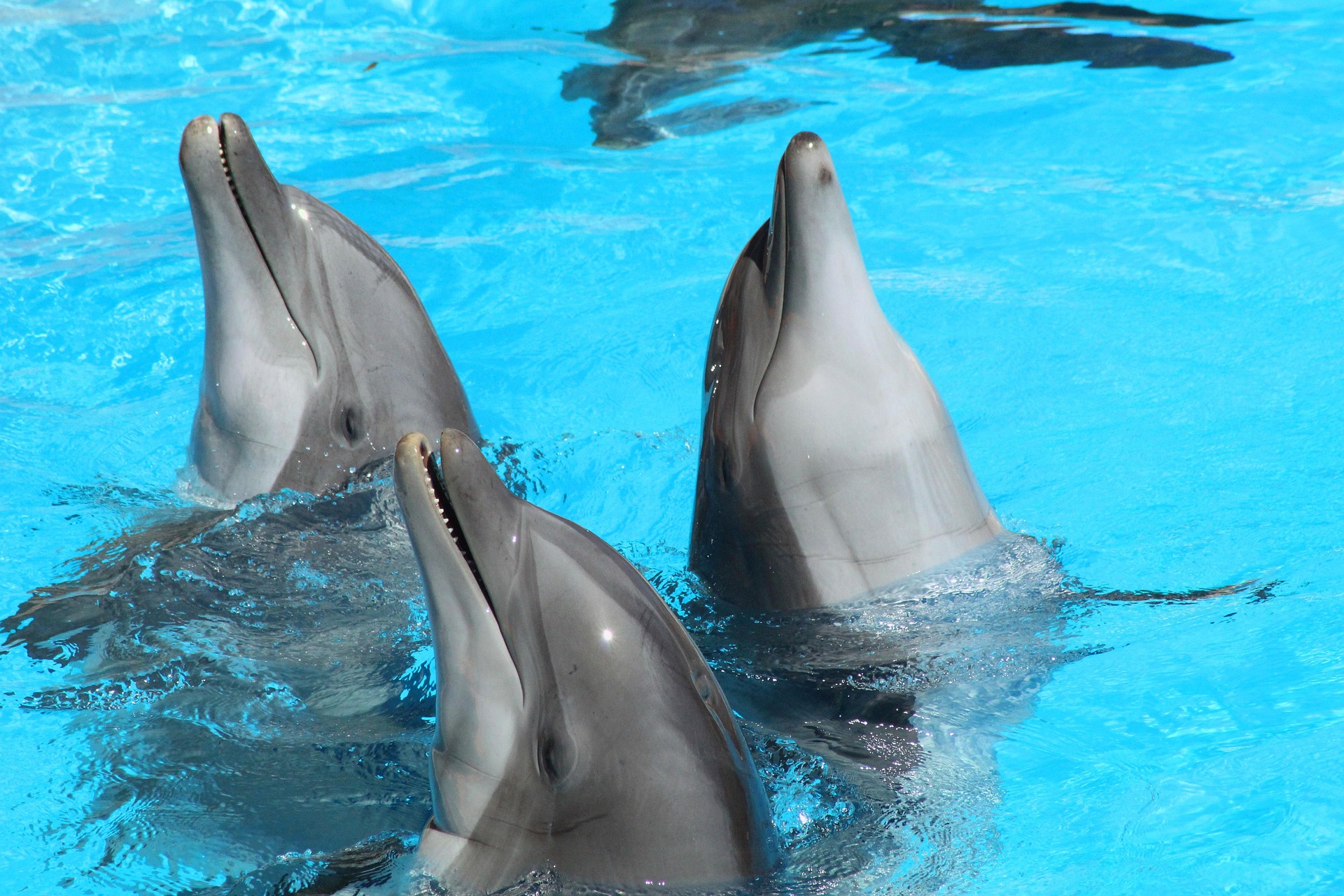Unraveling the Intricacies of Biathlon: A Test of Physical Stamina and Mental Precision
Biathlon, a winter sport that combines cross-country skiing and rifle shooting, may seem like an unlikely pairing. Yet, it represents a compelling blend of physical endurance and mental focus. This article delves into the fascinating world of biathlon, tracing its historical roots, current trends, and the unique challenges and benefits it offers to its practitioners.

The Genesis of Biathlon: Military Training to Olympic Sport
Biathlon’s origins are deeply rooted in survival skills used in the snow-covered landscapes of Scandinavia. Ancient rock carvings in Norway depict hunters on skis, suggesting that the combination of skiing and shooting has been in practice for thousands of years. It was primarily a form of military training, enabling soldiers to move quickly across snowbound battlefields.
In the early 20th century, biathlon evolved into a competitive sport. The first known biathlon competition took place in 1924 at the inaugural Winter Olympics in Chamonix, France, under the name ‘military patrol.’ However, it wasn’t until the 1960 Winter Olympics in Squaw Valley, USA, that biathlon was officially included in the Olympic program.
Biathlon Today: The Intersection of Athleticism and Precision
Modern biathlon is a multifaceted sport that demands both physical stamina and mental precision. Athletes ski across challenging terrains, alternating between two styles—classic and skate skiing. Interspersed with the skiing are shooting rounds, where athletes must hit a series of targets 50 meters away. The challenge lies in transitioning from the high-intensity skiing to the calm, focused state required for shooting.
Biathlon has grown in popularity over the years, particularly in Europe. The International Biathlon Union (IBU) World Cup tours attract large audiences, and the sport has produced several high-profile athletes, including Norway’s Ole Einar Bjørndalen, dubbed the ‘King of Biathlon’ for his record-breaking performances.
The Art and Science of Biathlon: Benefits and Challenges
Engaging in biathlon offers a host of benefits. The cross-country skiing component provides an intense full-body workout, improving cardiovascular health, strength, and endurance. The shooting aspect enhances mental focus, precision, and stress management skills.
However, biathlon also poses unique challenges. The sport requires a delicate balance between the high-energy skiing and the calm, steady hand needed for shooting. Moreover, athletes must also contend with weather conditions that can significantly impact both skiing and shooting performance.
Biathlon in the Real World: From Competitive Sport to Recreational Activity
While biathlon is a competitive sport at its core, it has also found a place in recreational activities. Several ski resorts and clubs offer biathlon experiences, allowing amateurs to try their hand at this challenging sport.
Biathlon also plays a crucial role in military and law enforcement training, where the combination of physical endurance and precision shooting is highly relevant. For instance, the U.S. National Guard organizes an annual ‘Chief, National Guard Bureau Biathlon Championship.’
Looking Ahead: The Future of Biathlon
The sport of biathlon continues to evolve, with ongoing research into optimizing training methods and equipment. In recent years, there’s been a growing interest in the role of psychology in biathlon, particularly in managing the transition from intense physical activity to precision shooting.
As biathlon continues to captivate audiences and challenge athletes, it stands as a testament to the human capacity for endurance, precision, and adaptability. It represents the perfect blend of physical prowess and mental acuity, wrapped in a package of competitive excitement and personal challenge.
In conclusion, biathlon is more than just a sport—it’s a testament to the extraordinary capabilities of the human body and mind, and a compelling spectacle that continues to evolve and fascinate. With every gunshot and ski stride, it captures the essence of athletic endeavor—strength, skill, determination, and above all, the relentless pursuit of excellence.




